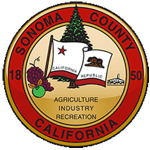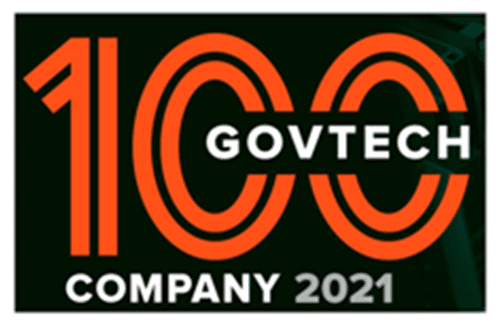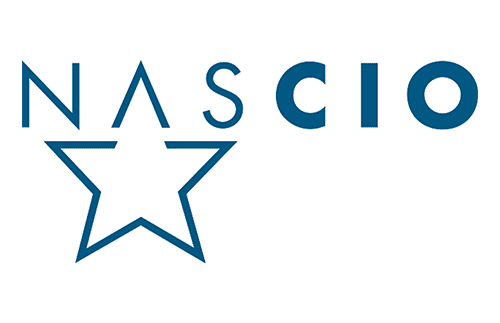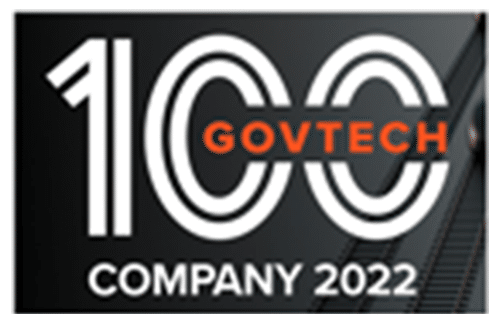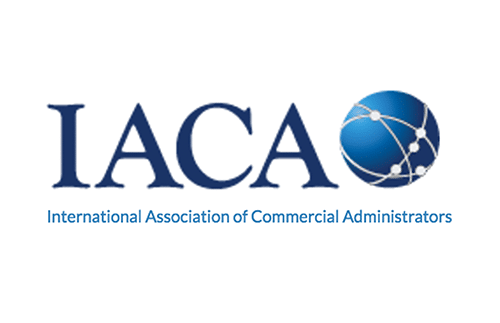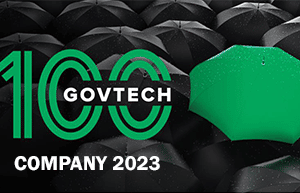Employees Receive Checks in Days, Not Months, Thanks to Easy, Streamlined, and Error-Free Workflow.
The Human Resources Department of Sonoma County in Northern California was looking to improve its Staff Development and Wellness Program’s internal processes. This is a popular benefit offered to its approximately 3,300 employees—90% of the program’s $3.4 million budget ultimately gets utilized, which necessitates a heavy volume of administrative processing. As part of the standard process, government employees are required to file a claim in order to seek reimbursement for eligible items within the program. Unfortunately, it was taking months for an employee to receive a check after filling out and filing a form, so the county set a goal to streamline the process down to a matter of weeks and make it easier overall for its staff.
The department knew that government process automation and online form solutions were the answer. After considering different options, they chose to work with SimpliGov, whose integrated workflow automation, online forms, and electronic signature solution is designed specifically for public sector environments.
The HR staff at the county government generally expected an uphill climb because any change from their legacy process and systems would pose a disruption. However, they were pleasantly surprised at how easy SimpliGov made digital transformation, and how simple it ended up being for the county to automate the process and make a positive change.



- Error Free
- Increased Productivity
- Dashboard Transparency
Challenge
- 90% of the wellness program’s $3.4 million budget ultimately gets utilized which necessitates a heavy volume of administrative processing
- Employees wait months to receive checks after filing reimbursement claims
- Employees had to identify, download, print, and complete the correct form manually
- Packets with forms and receipts were physically routed through multiple reviews across several departments
- Incomplete submissions, bad copies of receipts, and duplicates were common
- No central tracking of reimbursement requests
- Cumbersome process often discouraged employees from filing claims
Solution
- No-code architecture eliminates need for costly rip-and-replace implementation
- Easy integration with existing system allows automatic pre-population of basic employee information on forms
- “Smart” forms only reveal appropriate fields for the corresponding reimbursement categories
- Prebuilt calculators automatically do the math for requestors
- Workflow automation seamlessly routes submissions through appropriate approval channels with autogenerated alerts at each step
Results
- Employees are reimbursed in one to two weeks rather than months
- Submissions take between one and five days to process
- No-code, cloud-based workflow automation and online forms implemented in record time
- Laborious administrative tasks were automated
- Higher-quality data

